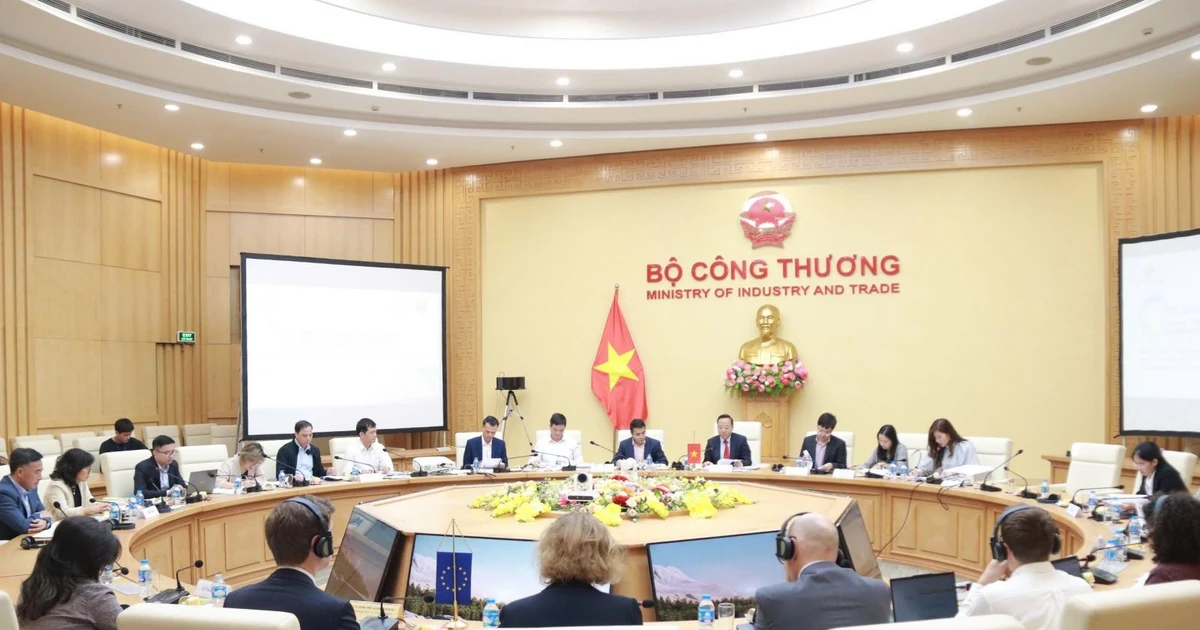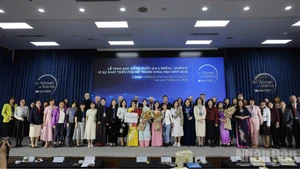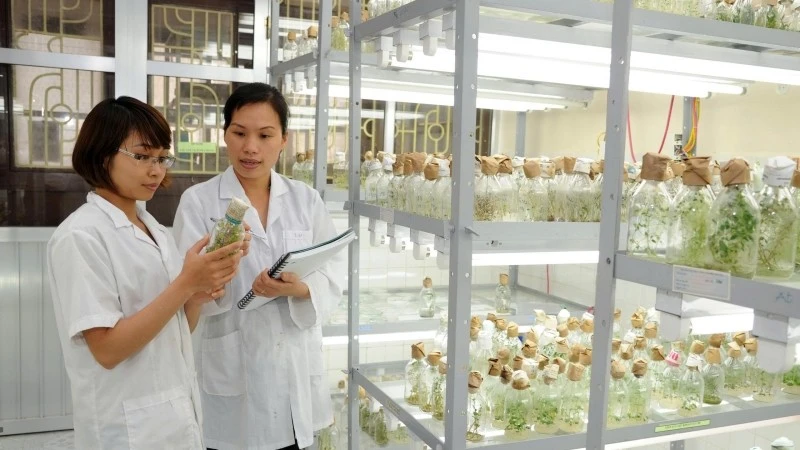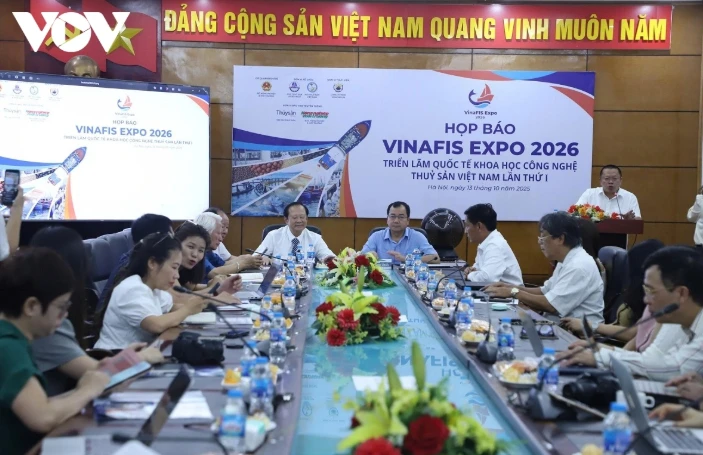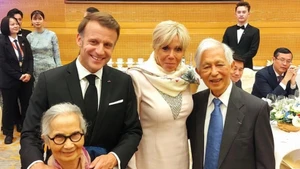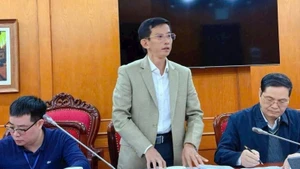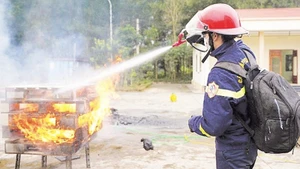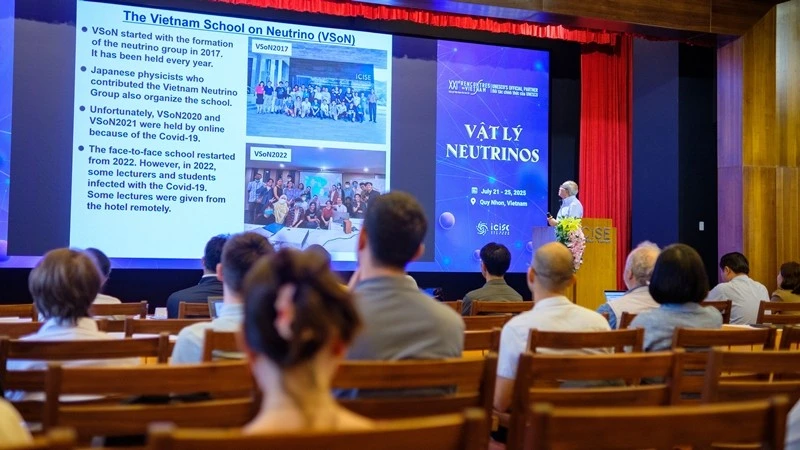Professor Low Teck Seng has played a key role in advancing Singapore’s semiconductor research and development.
In 2016, the French Government conferred him the Order of the Legion of Honour with the grade of Knight (Chevalier).
Q: We will encounter a lot of complex technical terms when talking about the semiconductor industry. Could you provide an easy-to-understand explanation about this industry?
A: The underpinning industry is actually the electronics industry. So, if we look into our lives, the electronic systems that we use is pervasive. I would say that it starts from entertaining systems like radio, television, and all the systems are electronic systems.
But if you look inside these systems, essentially the key component are microelectronic chips. They are microelectronic semiconductor devices. As such, the technology that allows us to be able to produce equipment and systems that is required by all of us for use, requires microelectronics technology, which means chips and microelectronics systems, and semiconductor devices.
So, a long time ago, when you open up a radio, people see things like light bulbs. Those are traditional transistors. But today, with microelectronics, it allows to put all these big components into very small packages called chips.
And if you miniaturise them, it means that you can actually put on one square centimetre, millions of transistors, millions of transistors. And that is required for us to have the computing power that we want to have, that allows us to have the communication systems that we are seeing today, as well as allowing us to be able to store data.
Q: What is the role of the semiconductor industry in promoting a country’s digitalisation?
A: So what do we mean by digitalisation? Everybody talks about data. Now with data, people talk about AI. You need data for us to be able to feed into AI systems to give you interesting outputs, answers. That’s what AI systems give you, artificial intelligence.
All these things are only possible because you have computing power, you have communication systems and you have storage systems, which means that everything that we see today that allows us to live in a digital world is because of microelectronic chips which is enabled by semiconductor material systems.
The industry is enormous. If you talk only about the fabrication industry, the chip industry, I mean, figures like, you know, 700 billion, a trillion dollars in the ballpark. But you talk about the expansion of this into communication systems, entertainment systems, transport systems, then the impact it has is on a much, much bigger scale in terms of the industries that it participates. So it is a very important industry, but it is also one where the value added is very high.
And it’s a technology that is advancing so quickly, you know, so, and it’s because of the demands of society, right?
 |
Q: Why did Singapore decide to choose the semiconductor industry?
A: Singapore is a small country, a very small country. Being a small country, we are under a lot of pressure. So because we are under a lot of pressure, we’re always thinking all the time of what things to do, what new things to do.
Do you know during COVID, we nearly ran out of food. So that’s why we always got to think. Singapore sometimes has to think things through. When we look at Singapore, we look at what are our existential threats, what are our limitations.
Then you have to decide, if you’re so small, you cannot have an industry that takes a lot of land, but produce very little money. My land is precious. Then I must do a business where I use very little land but make a lot of money. So which industry? We decided, simple enough, the microelectronics.
Q: With a large reserve of rare earth elements, what do you think about Vietnam’s potential and challenges in developing the semiconductor industry?
A: It depends on what you mean by rare earths. So we talk about traditional materials for semiconductors. It’s silicon. Silicon is not rare earth. Silicon is sand. So silicon is the base material that’s being used. Then you have compound semiconductors, which is using gallium as a base.
The ingredients are silica, and actually silica is just sand, it’s a lot and easy to find. And then there are new materials like silica, cobalt, and then gallium. So we combine about 5 or 6 elements to form the base of the base. So we can say that traditional base, the ingredients are not expensive. So most of the key materials that you use in microelectronics and the semiconductor materials are not that difficult to get.
The issue about rare earths is actually for magnets, and that goes to a different area. So why are rare earths very important? Because rare earths give you very good magnets and these magnets are critical for electric cars. I don't know what rare earths that Vietnam has, but rare earths are always very precious. It’s used for many, many different other applications, not necessarily in the microelectronics as a separate industry. So, you know, the material system that is being used for microelectronics and semiconductor physics now is expanding. But they are not necessary to use elements that are difficult to get.
So I say the greatest opportunity that Vietnam has is its young population. Demographically, you are all young. Two, you have a big population. That means you've got a market. You have two very, very important opportunities.
In any way in the world, the most important thing is talent. If you want to start a company somewhere, you must have the people who knows how to do things. Actually, it's in anything, but this is very high technology thing, very high technology company.
What I’m saying is that because you are skilled people. So you want to go to high-tech industry, you must have skilled people, you must have knowledgeable people, which means you must train your people, you must educate your people.
So that’s why I always say, you must invest in education, invest in your universities. Now, because you need to train these people in high technology things, you must then do research. With research, your faculty members, that means your professors, are doing very high technology. Then they can teach your young people high technology. Then they can go out and work in these companies.
Q: Unlike Singapore, Vietnam is a developing country. Q: In order to attract foreign investment in semiconductor, which factors does a developing country need to pay attention to?
A: People come to a developing country because they think labour is cheap. But the labour must be of the right type. It must be other attributes, like your industry policy, your tax policy, there are many things which go towards helping big companies decide to invest in your country. Having invested in your country is how that country can work with the companies to climb and how you deliberately grow the industry ecosystem.
In reality you cannot compare Singapore and Vietnam. Singapore is a small country, a very small country. Vietnam is a big country. Vietnam has got different opportunities, different priorities, and different strategic approaches, different formulation of your land policies, your industry policy, your financial fiscal policies.
Fabrication is very difficult. Investments in wafer fabs require three things because it is so costly, you need financing, then you need talent, then you need resources, money is there already, water and energy, it must be reasonably priced.
Thank you very much.


